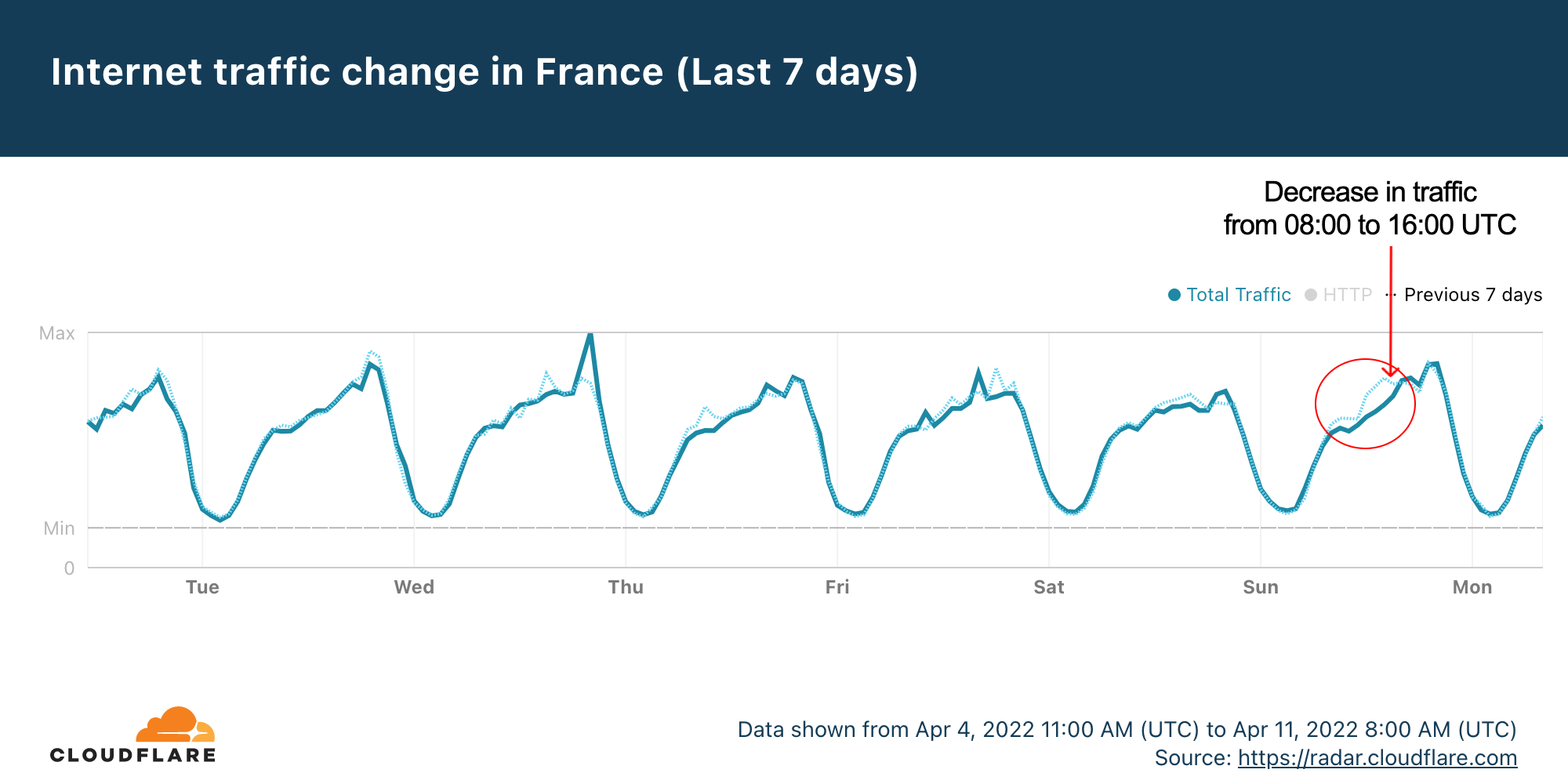How to Cope with Network Equipment Shortages
Lead times are growing, and patience is wearing thin. Here are some ways you can deal with the unprecedented supply chain disruption.Tech Bytes: An Introduction To Nokia’s Edge Network Controller (Sponsored)
Today on the Tech Bytes podcast we talk with sponsor Nokia about its Edge Network Controller, a Kubernetes-based application that lets you configure switch hardware in edge cloud locations and support a NetOps environment for edge deployments.
The post Tech Bytes: An Introduction To Nokia’s Edge Network Controller (Sponsored) appeared first on Packet Pushers.
Tech Bytes: An Introduction To Nokia’s Edge Network Controller (Sponsored)
Today on the Tech Bytes podcast we talk with sponsor Nokia about its Edge Network Controller, a Kubernetes-based application that lets you configure switch hardware in edge cloud locations and support a NetOps environment for edge deployments.Upcoming Training: Network Troubleshooting

I’m teaching a three-hour webinar on troubleshooting on the 22nd of April:
This training focuses on the half-split system of troubleshooting, which is widely used in the electronic and civil engineering domains. The importance of tracing the path of the signal, using models to put the system in context, and the use of a simple troubleshooting “loop” to focus on asking how, what, and why are added to the half-split method to create a complete theory of troubleshooting. Other concepts covered in this course are the difference between permanent and temporary fixes and a review of measuring reliability. The final third of the course contains several practical examples of working through problems to help in applying the theory covered in the first two sections to the real world.
This is offered on Safari Books Online through Pearson. I think that if you register for the course, you can watch a recording later.
The 2022 French Presidential election leaves its mark on the Internet


The first round of the 2022 French presidential elections were held this past Sunday, April 10, 2022, and a run-off will be held on April 24 between the top two candidates, Emmanuel Macron and Marine Le Pen. Looking at Internet trends in France for Sunday, it appears that when people were voting Internet traffic went down, and, no surprise, it went back up when results are coming in — that includes major spikes to news and election-related websites.
Cloudflare Radar data shows that Sundays are usually high-traffic days in France. But this Sunday looked a little different.
The seven-day Radar chart shows that there was a decrease in traffic compared to the previous Sunday between 08:00 and 16:00 UTC, that’s 10:00 and 18:00 in local time — bear in mind that polling stations in France were open between 08:00 and 19:00 (or 20:00 in big cities) local time. So, the decrease in traffic was ‘inside’ the period when French citizens were allowed to vote.

That’s a similar trend we have seen in other elections, like the Portuguese one back in January 2022.
The time of the French election day with the largest difference compared to the previous Sunday was 14:00 Continue reading
Device Management From The Ground Up: Part 8 – Configuration Archiving
If you want to create routine backups on your device or a local server, Cisco offers the “archive” feature on its IOS platform. I cover the various options we can pass to the archive command and go over an example of its use.
The post Device Management From The Ground Up: Part 8 – Configuration Archiving appeared first on Packet Pushers.
Network Break 377: AMD Buys Pensando; IBM Mainframe Marches On With z16
This week's Network Break discusses AMD's $1.9 billion bid for Pensando, why Juniper is partnering with Synopsys on silicon photonics, a new application access control feature from Cato Networks, and a new mainframe from IBM and a new lawsuit against it. Plus more tech news!Multicast PIM SSM – Source Specific Multicast
Multicast PIM SSM – Source Specific Multicast from a design point of view will be explained in this post. The Shortest Path Tree concept, Advantages, and disadvantages of Multicast PIM SSM will be covered as well.
What is Source Specific Multicast – PIM SSM?
PIM is a Multicast Routing Protocol. There are two categories of PIM protocol. PIM Dense mode and PIM Sparse Mode.
PIM Sparse Mode has 3 different modes of deployment. PIM SSM – Source Specific Multicast, PIM ASM – Any Source Multicast, and PIM Bidir – Bidirectional Multicast.
In this post, we will only cover PIM SSM but for the other PIM Sparse mode and PIM Dense mode design and deployment posts, place check Multicast category.
PIM SSM is called Source-Specific because Multicast receivers not only specify the Multicast Group that they are interested in but also they can signal to the network which course they are interested in or they are not interested in.
PIM SSM in the Routing Table
In the routers, we have multicast routing tables. SSM Multicast routing entries in the routers are seen as S, G.
S stands for multicast Source and G is used for multicast Group.
Source information has to Continue reading
BGP Private and Public AS Range
BGP Private and Public AS Range: On the internet, we have 2byte AS Numbers and 4 Byte AS Numbers. In this post, we will explain what are the BGP Private and Public AS Range for 2 byte AS and 4 byte AS numbers. Where Private BGP AS number is used and should be used and where Public AS Numbers in BGP is used and should be used. Not just where they should be used but also we will discuss where they shouldn’t be used too.
BGP Private AS Range for 2 Byte AS Numbers
A 2 byte AS number is a 16-bit number. This format provides for 65536 ASNs (0 to 65535). From these ASNs, the Internet Assigned Numbers Authority (IANA) reserved 1,023 of them (64512 to 65534) for private/internal usage.
BGP Private AS Range for 2-byte AS Number is between 64512 to 65535.
So we have 1023 BGP AS Numbers to use in a 2-byte ASN schema. Private AS numbers, similar to the Private IP address range (RFC 1918), should be used internally in the networks.
Not, external networks, such as the Internet. On Internet, in the Global Routing table, which is also known as Default Free Continue reading